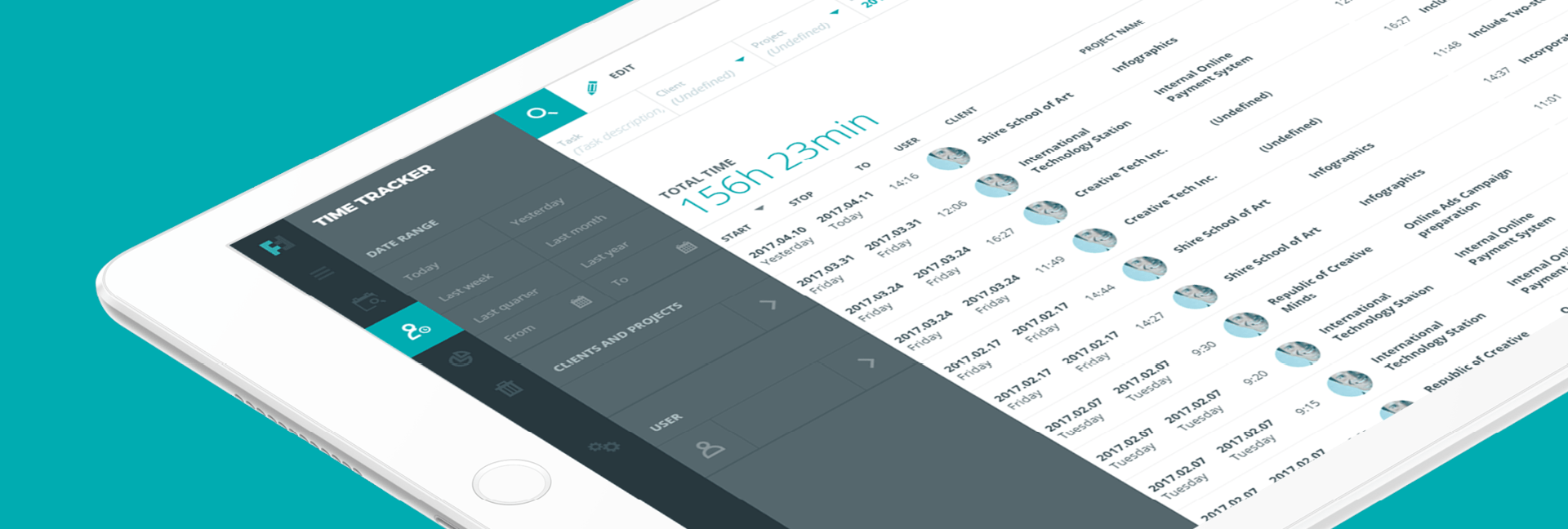High-performing employees are key to your organization’s vision, mission, and goals. However, research by the McKinsey group shows that only 38% of all employees are properly committed to work and just 4% of all employees could be considered “thriving stars”.
This should come as a wake-up call if you do not have a plan in place to support your team’s happiness and productivity. While some of this may come down to compensation, you should also consider investing in tools that boost your emotional intelligence as a leader and help folks collaborate more effectively.
Investing in motivational tools and strategies can help you re-engage disenfranchised employees and turn average workers into superstars. This can make a world of difference to your day-to-day productivity and significantly enhance your firm’s overall productivity.
Understanding Your Team
Building a high-performing team is all about understanding the folks that follow your lead. A clear understanding of their hopes and fears can help you make strategic changes that boost morale and motivation in the workplace. However, getting to know your team requires more from you than a monthly check-in. If you really want to understand your team on a deeper level, you must work to improve your business intelligence. This means you’ll need to invest in skills like:
- Emotional Intelligence: Understanding your own emotions and those of the folks around you is crucial as a leader. This helps you form appropriate responses when your team is down and ensures you don’t overlook folks who are covering up the signs of work-related stress.
- Linguistics: Being able to wield rhetoric in your favor can be a real boon as a leader. Your speeches and emails don’t have to be word-perfect, either. Instead, focus on developing a tone and style that suits your leadership approach and resonates with your employees.
- Creativity: Creative thinking isn’t just for the folks who work in your marketing department. Setting aside time to journal, free-think, and problem-solve can boost your creative intelligence and help you empower your team to do similar explorative thinking.
- Spatial Intelligence: Understanding how space impacts productivity is key if you’re in a leadership role. Even simple changes, like shifting the seating plan, can have a huge impact on employees and help you create high-performing teams within your firm.
Investing in skills like emotional intelligence can help you connect with your team on a deeper level. This may mean you need to set aside some time for further education. But this is sure to pay dividends in the future when you need to help your team navigate a particularly demanding project or overcome an unforeseen setback.
Promoting Collaboration
Collaborative work gives folks a chance to share their skills and connect with their co-workers. When done well, this kind of collaboration produces the best results possible for your business. However, if you want your high-productive employees to work well together, you need to create a clear framework for success.
Get the ball rolling by investing in collaboration tech. Tools like workflow programs, instant messaging boards, and cloud storage empower your team to work synchronously and reduce the amount of time they spend in meetings. This can be transformative if you haven’t been as agile as you’d like in recent years. Follow up on this investment in technology by helping folks who work remotely form strong working relationships with one another. You can do this by:
- Pairing people with intention when creating remote break-out rooms so folks who work well together are grouped up and given a clear direction.
- Facilitate digital teamwork activities and leverage remote workflow management tools to ensure that everyone has a clear idea of what their role is.
- Listen to employees who provide feedback and take note of their responses to your ideas.
- Set up low-stakes team-building activities, like digital escape rooms, to help people familiarize themselves with the new software you are using.
- Remind folks of ground rules when working collaboratively. This is crucial, as some folks will naturally take over projects while others may do less than their fair share. Remind employees of your rules and expectations regularly and utilize digital feedback forms to track participation and engagement.
These steps ensure that collaborative work is engaging and empowering, rather than burdensome and unfairly assigned. If you hear that some employees do not enjoy working collaboratively, consider tweaking your approach to ensure that all staff members are in the best position possible to be productive when they arrive at work.
Recruitment
Your management style will have a profound impact on employee productivity. However, if you want to build a high-performing team, you need to start recruiting with intention. This is crucial, as some new hires simply have a higher aptitude for the tasks that you assign to them, while others may struggle to meet your expectations.
When recruiting, use emotional intelligence to determine whether or not prospective employees will add value to your organization. Ensuring that folks fit with your team is key, as a single poor hire can derail morale and put extra pressure on existing employees. However, hiring for “cultural fit” does not mean that you should simply hire folks who are similar to your existing employees. This harms inclusivity efforts and may entrench bias in the workplace.
Instead, when hiring, focus on hiring with direction in mind. This dynamic hiring approach asks you to consider where you want to be in a few years’ time. For example, if you’ve previously overlooked your DEI responsibilities when hiring, you may want to shift your recruiting patterns to ensure that you are building a more inclusive, representative workplace. You can use your emotional and social intelligence to navigate these hiring procedures and should consider how you want your firm to grow in response to market trends and pressures.
Conclusion
Building a high-performance team is all about empowering folks to bring their best selves to work. This means that simple tweaks to your motivational strategies, like investing in collaboration tools, can make a huge difference to highly motivated employees. You can also support folks who have felt unempowered in the past by leaning on your emotional intelligence to better understand the struggles they face. This may help you pivot towards better workflow software or help you instill some cultural changes within your firm.
⸻ Author Bio ⸻

Sam Bowman enjoys writing about people, tech, business, and how they merge. He enjoys getting to utilize the internet for the community without actually having to leave his house. In his spare time, he likes running, reading, and combining the two in a run to his local bookstore.












